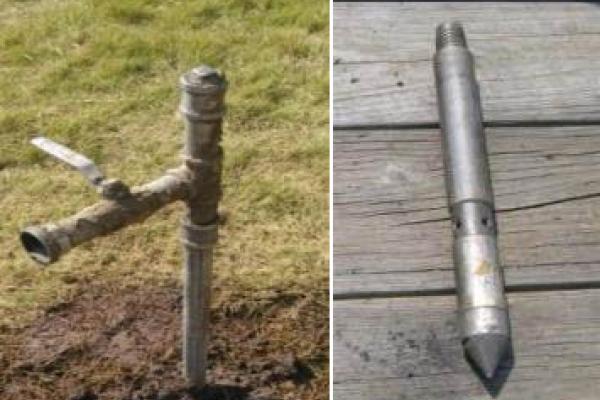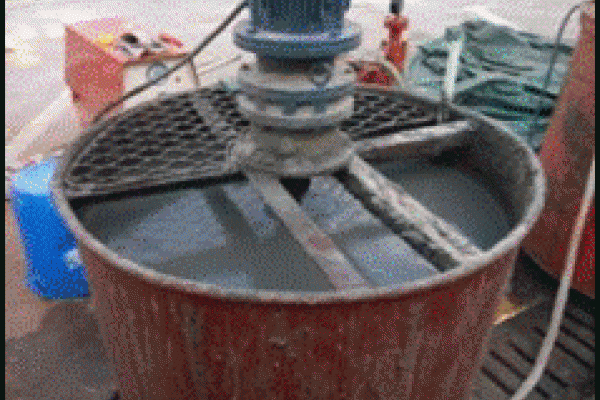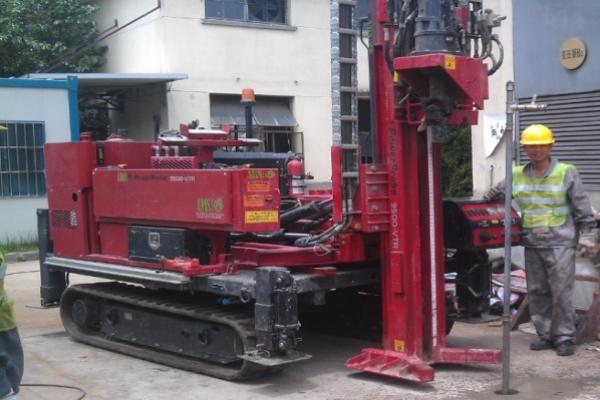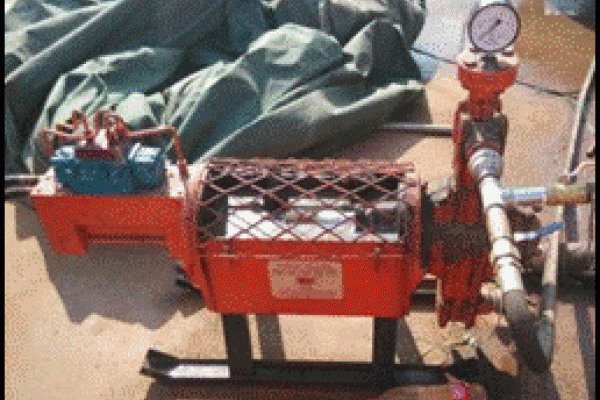

This was a soil and groundwater remediation project at a site in Shanghai with contamination of chlorinated hydrocarbons. The contaminants of concern included vinyl chloride, dichloroethane, trichloroethane (TCA), trichloroethylene (TCE) and dioxane. Contamination was found in seven areas of the site with a total volume of approximately 80,000 m3 of contaminated soil.




TCA was the main contaminants of concern. Its density is higher than water so it is a dense non-aqueous phase liquid (DNAPL). Based on the results of previous investigations, the extent of groundwater contamination was approximately 2,000m2. Approximately 100 tonnes of TCA was estimated to be present as DNAPL between 6m to 8m below ground surface. The total volume of contaminated soil in this area was approximately 12,000m3. DNAPL was mainly located above the top of the aquitard beneath the phreatic aquifer, which consists of sandy silt.
The first stage of remediation was to enhance the recovery of DNAPL using multi-phase extraction (MPE). Dual pumps were used in the MPE system. The extracted liquids included mobile DNAPL and groundwater, which were directly extracted to the ground using a submersible pump in the extraction well. Meanwhile, a vacuum pump system was set up on the ground to create a vacuum at the head space of each extraction well so that the DNAPL recovery can be enhanced and part of residual DNAPL can also be removed by extraction of soil vapor. This project is still ongoing and the remediation system has been operating effectively to date.
The other two areas were relatively less significantly contaminated, with no DNAPL present. In-situ chemical reduction was used to treat the groundwater contamination, which was approximately 3,500m2 with depth ranging between 7 to 9 m. Chemical reagents were injected using direct push methods from 1.5 m to 9 m below ground surface at intervals of 0.5 m. The reagent used was a patented EHC product, composed of zero-valent iron and a slow-release carbon source for enhanced reductive dechlorination by biological activities. Three hundred injection points were used across the entire treatment area to inject a total of 100 tonnes of the EHC reagent. The results of subsequent monitoring indicated that the concentrations of contaminants decreased significantly after treatment and the expected remediation goal was achieved.